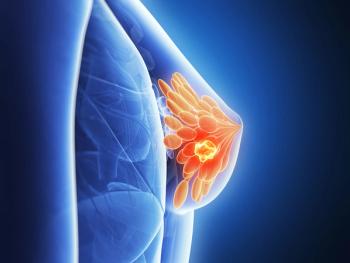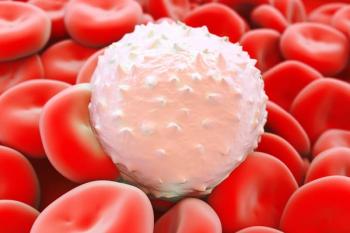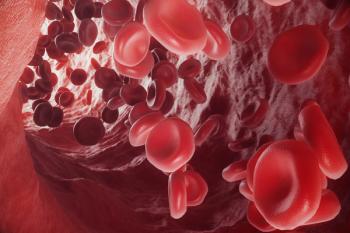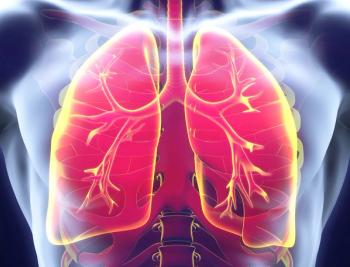
68Ga-RM26 PET/CT Imaging Demonstrates Promise in Gastrointestinal Stromal Tumors
Patients with gastrointestinal stromal tumors may benefit from 68GA-RM26 PET/CT vs 18F-FDG, according to findings presented at the 2022 Society of Nuclear Medicine & Molecular Imaging Annual Meeting.
68Ga-RM26 PET/CT appeared to be a promising imaging option for patients with gastrointestinal stromal tumors (GIST), and when combined with 18F-FDG PET/CT, could represent a noninvasive method for differentiating between GIST, leiomyoma, and schwannoma, according to findings presented at the
Among 16 GIST lesions, the maximum standardized uptake values (SUVs) were notably higher with 68Ga-RM26 (18.29 ± 20.37) vs 18F-FDG PET (2.40 ± 1.71; P <.001). Patients with GIST tumors (18.29 ± 20.37) also had significantly higher uptake of 68Ga-RM26 compared with leiomyoma and schwannoma tumors (4.23 ± 1.77; P <.01). However, no difference in uptake was noted between GIST tumors (2.40 ± 1.71) and other tumors among those in the 18F-FDG PET arm (3.40 ± 1.94; P >.05).
Investigators launched the study to assess 68Ga-RM26, a gastrin-releasing peptide receptor antagonist PET tracer, vs 18F-FDG PET/CT in those with GIST. A total of 22 patients with suspected GIST as determined by abdominal enhanced CT or gastroscope were included in the study following institutional review board approval and informed consent. Patients received scans with 68Ga-RM26 PET/CT 1 week prior to surgery 30 to 60 minutes following intravenous injection at a dose of 55.5 MBq to 148.0 MBq. Moreover, 18F-FDG PET/CT scans were performed 60 minutes following intravenous injection at a dose of roughly 5.6 MBq/kg of body weight. An additional 2 scans were performed at a 2-to-3 day interval.
Investigators noted that no adverse effects related to radiopharmaceutical use were reported in the patient population. A total of 15 patients received a pathological diagnosis of GIST with 16 lesions, 3 had schwannoma, and 4 had leiomyoma. In the population of patients diagnosed with GIST, 9 tumors were on the stomach wall, 4 were in the small intestine, 2 were in the mesentery, and 1 was in the perihepatic region.
Investigators noted that the maximum SUV ratio of 68Ga-RM26 was more capable of differentiating between the 3 tumor types vs 18F-FDG PET. However, in the 18F-FDG PET arm, no difference was observed in the maximum SUV between patients with GIST and the population with leiomyoma and schwannoma. Additional findings from the study indicated that the maximum SUV cutoff value of 6.00 in the 68Ga-RM26 PET arm could be sufficient to differentiate between GIST tumors and other tumor types with a 81.3% sensitivity, 85.7% specificity, and 82.6% accuracy. Additionally, leiomyoma and schwannoma tumors could be identified with the maximum SUV ration of 68Ga-RM26 vs 18F-FDG (P = .018).
Reference
Wang R, Liu Z, Kang W, et al. Head-to-head comparison between 68Ga-RM26 and 18F-FDG PET/CT in gastrointestinal stromal tumors (GIST): a pilot study. 2022 Society of Nuclear Medicine & Molecular Imaging Annual Meeting; June 11-14; Vancouver, BC, Canada; abstract 3026.
Newsletter
Stay up to date on recent advances in the multidisciplinary approach to cancer.

















































































